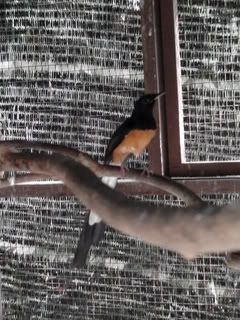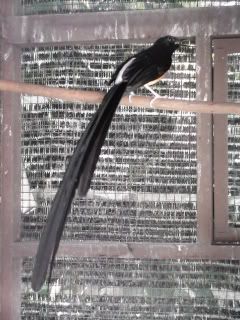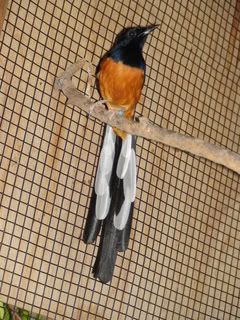vanngoc_1997
Thành Viên
- Tham gia
- 24 Tháng một 2012
- Bài viết
- 62
- Điểm tương tác
- 0
- Điểm
- 6
Ðề: Thời kỳ thay lông của Chòe lửa (CL)
cám ơn anh minhduc nhaz !! anh nói đúng wa rùi . chắc tại nó chưa dạn người mà e bỏ hết áo lồng ra nên nó mới ra như zậy ! hjhj . mà e nuôi nó cũng đc 3 tuần rùi ! chắc e phải chờ nó thay lông xog coi thế nào đã ! mà hình như nó đang thay lông . mấy hum nay e thấy rụng vài cọng !
cám ơn anh minhduc nhaz !! anh nói đúng wa rùi . chắc tại nó chưa dạn người mà e bỏ hết áo lồng ra nên nó mới ra như zậy ! hjhj . mà e nuôi nó cũng đc 3 tuần rùi ! chắc e phải chờ nó thay lông xog coi thế nào đã ! mà hình như nó đang thay lông . mấy hum nay e thấy rụng vài cọng !
Chỉnh sửa lần cuối bởi người điều hành:




